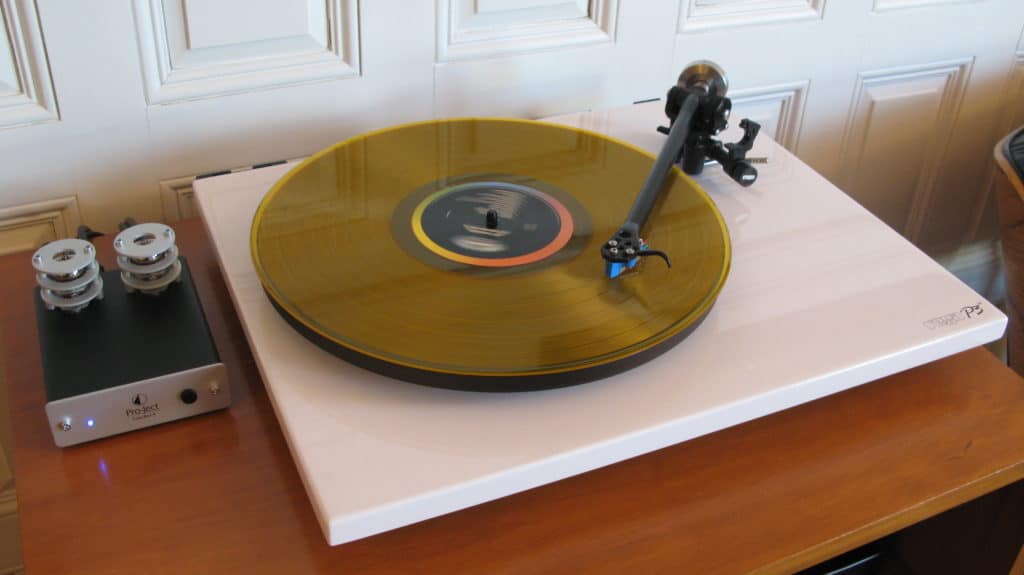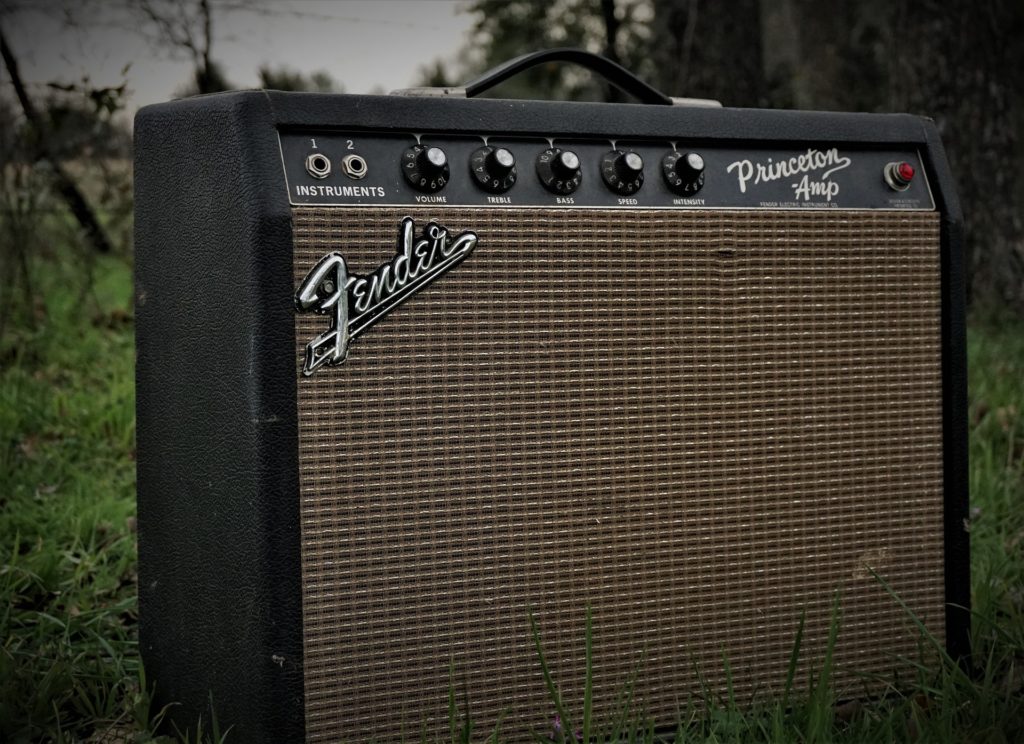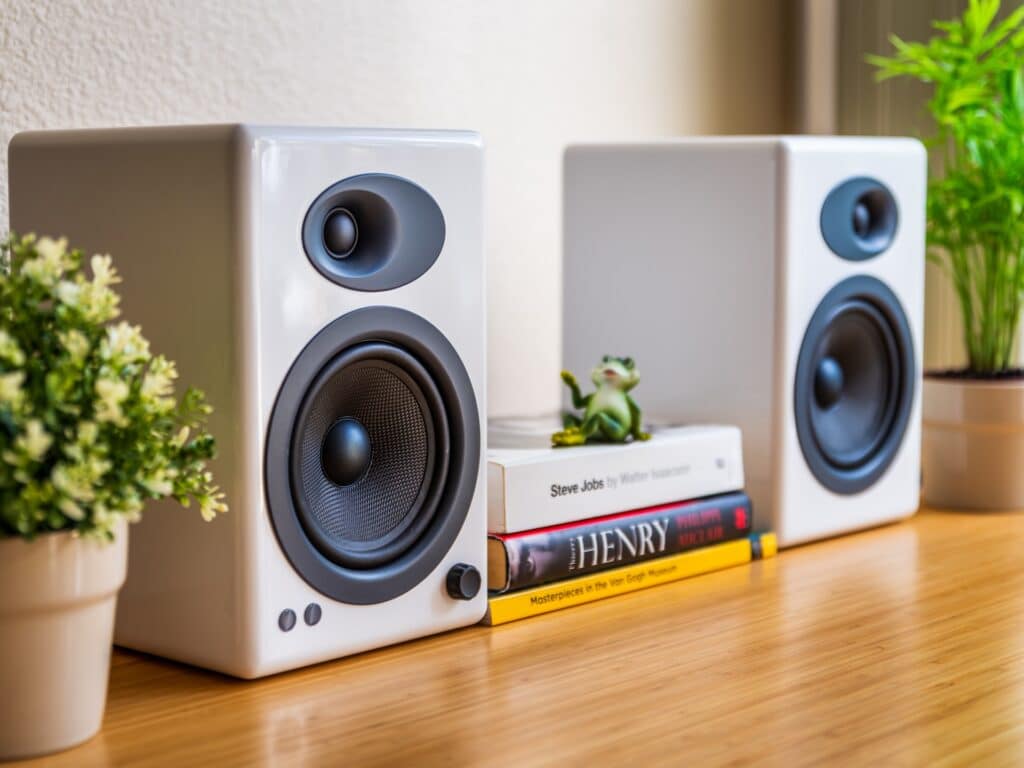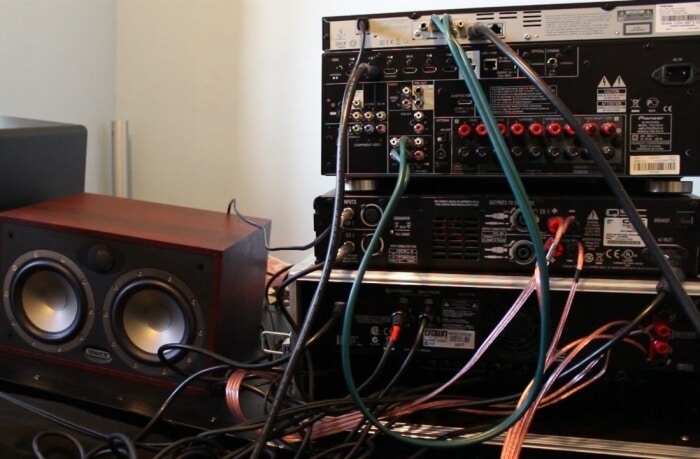What makes a blues amp special?
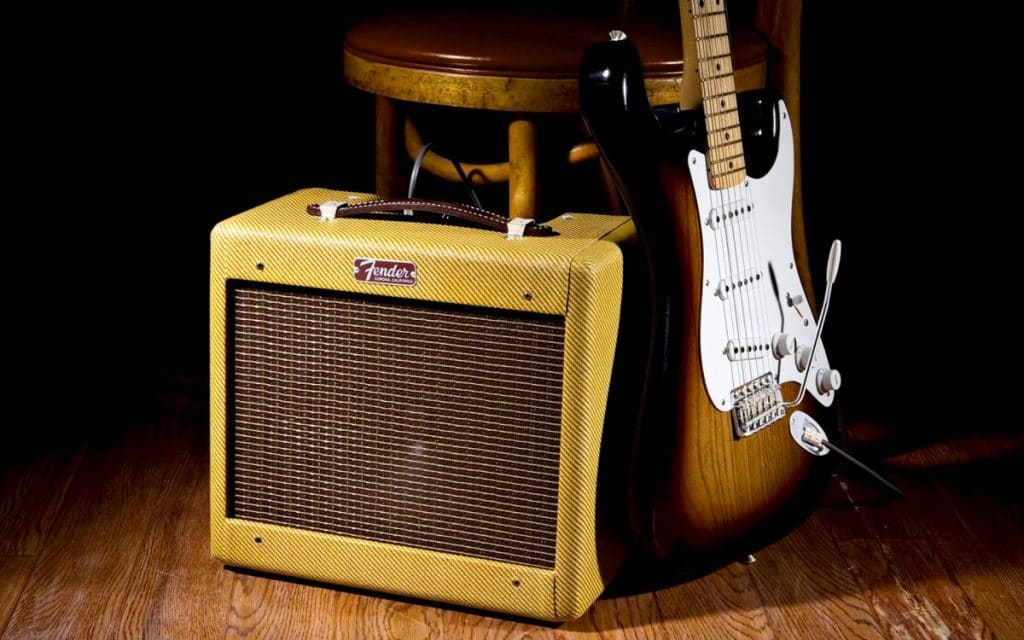 A good blues amp is one that supports the unique qualities of the music. This genre originated in the Deep South way back in the 1870s and sprung from African American spirituals, chants, and rhymes, among other things. Blues is characterized by patterns, most notably call-and-response and repetitive rhythms and bass lines.
A good blues amp is one that supports the unique qualities of the music. This genre originated in the Deep South way back in the 1870s and sprung from African American spirituals, chants, and rhymes, among other things. Blues is characterized by patterns, most notably call-and-response and repetitive rhythms and bass lines.
So, what does this have to do with an amp? Well, one of the things that all of these amps have in common is they use preamp and power tubes to create a unique sound. It has an almost vintage quality that distorts and clips while building deep layers and adding nuance. These qualities serve the genre well by delivering not only dynamic tones but also the clarity needed to follow the repetitive bass lines, rhythms, and patterns that make the blues what it is.
Features to consider while choosing a blues amp
There are a few specific things to look for when trying to find the best practice amp for blues or one suitable for a performance. Let’s take a look at these qualities in detail.
Type and Configuration
All of the amps we included in our guide are combo amps. That means that a single housing holds both the amp and the speaker. The alternative is a stack which is made up of an amp in its own housing with separate speakers.
Combo amps are very portable and lend themselves to the blues quite well. The compact size produces a sound that’s a little rawer and not as overproduced which lends itself to the nature of this type of music.
Power and speakers
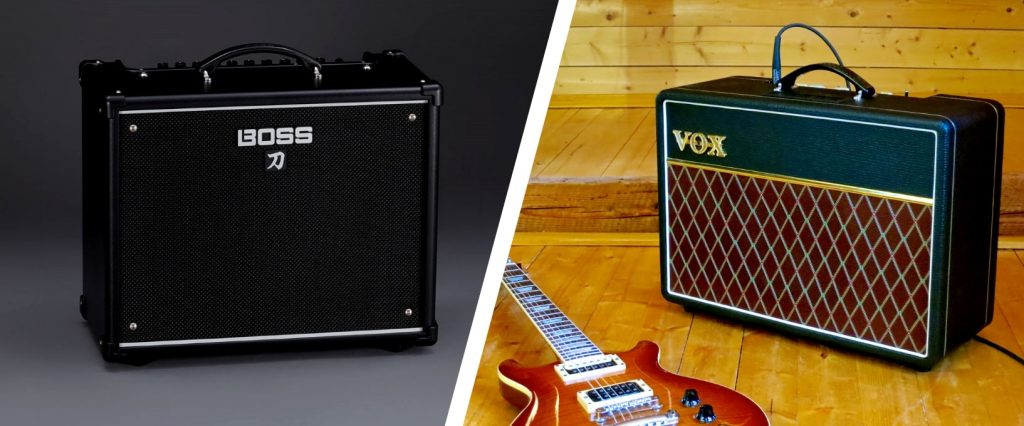 The number of watts varies in these speakers, from the 15-watt VOX AC15C1X Guitar Combo Amplifier to the 50-watt Boss KTN-50 12-Inch Katana Combo Guitar Amplifier. People often think that power simply means volume but that’s not exactly true. Watts are an indication of how the amp responds at high volumes. So, a 15 and a 50-watt amp might be capable of playing the same decibel level (or volume). At a certain point, the 15-watt amp loses clarity and quality while the 50-watt amp still sounds great. So, power is more of a measure of how much volume the amp can handle rather than a measure of volume.
The number of watts varies in these speakers, from the 15-watt VOX AC15C1X Guitar Combo Amplifier to the 50-watt Boss KTN-50 12-Inch Katana Combo Guitar Amplifier. People often think that power simply means volume but that’s not exactly true. Watts are an indication of how the amp responds at high volumes. So, a 15 and a 50-watt amp might be capable of playing the same decibel level (or volume). At a certain point, the 15-watt amp loses clarity and quality while the 50-watt amp still sounds great. So, power is more of a measure of how much volume the amp can handle rather than a measure of volume.
All of these amps have one speaker, which makes sense when considering how they’re constructed. Placing two speakers in what is essentially a pretty confined space wouldn’t benefit the sound at all. Plus, because these amps all use tubes, there isn’t much room to spare.
Inputs and outputs
Inputs and outputs expand the use of the amp. Input jacks let you add foot pedals, headphones, recorders, or other accessories that can take the amp and your sound even further.
Interface
Since these amps are designed with a bit of a vintage feel, it’s not surprising that they each feature an analog interface, simple knob controls, and easy-to-read dial settings. While you can use modern recording devices by taking advantage of the inputs and outputs, the amps themselves look pretty old school.
Weight and Dimensions
If you’re planning to take this amp with you to gigs or move it from one room of your home to another, it’s important to consider weight and dimensions. Choose something that easily fits in your space that you can lift on your own.
Warranty
Warranties are always important, especially when it comes to products like these. Anything with a lot of electronic, internal pieces needs a decent warranty, especially if you’re going to put it in the back of your van and drive from one gig to another. Luckily, these amps all have pretty decent coverage. The Monoprice 611815 Guitar Combo Tube Amplifier and the Fender Blues Junior Lacquered Tweed Amplifier each have a one-year replacement warranty. Most of the others have a one-year limited warranty.






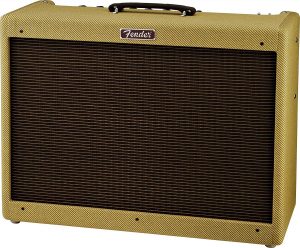
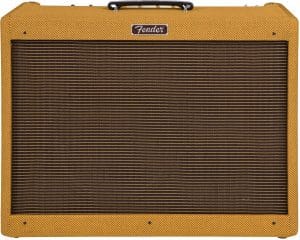
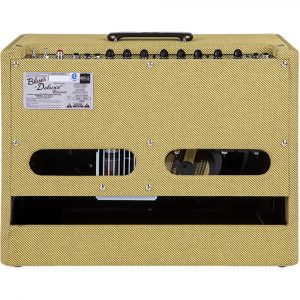
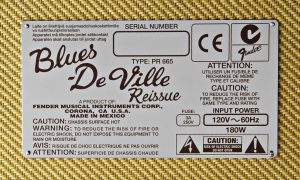
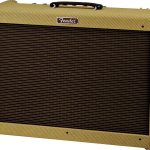
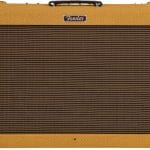

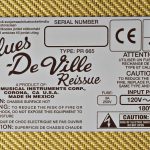
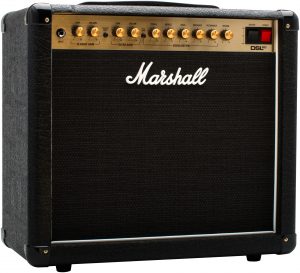
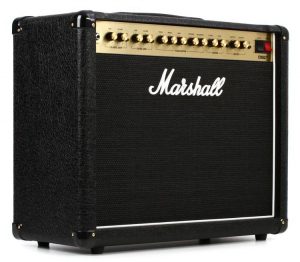


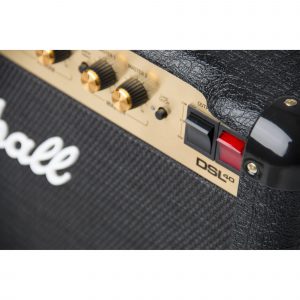

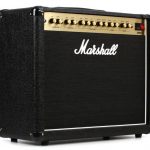
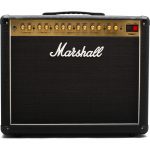



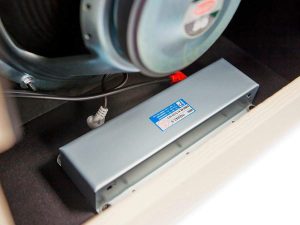

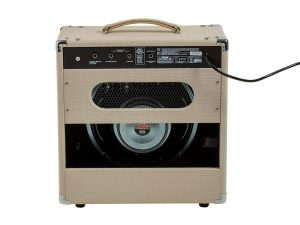
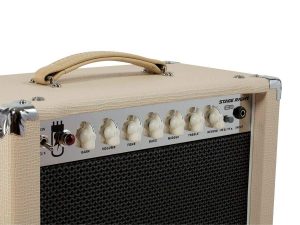

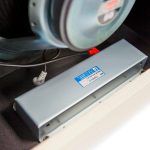
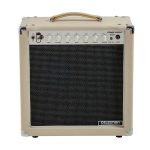
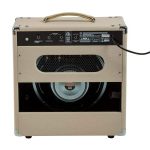
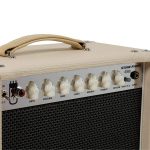
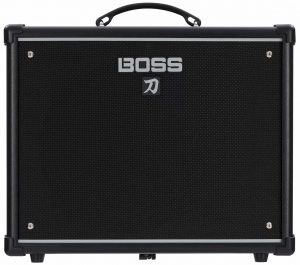
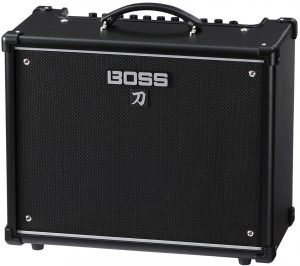
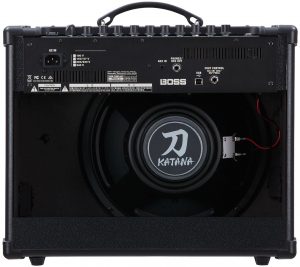

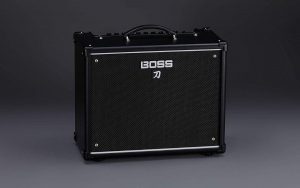
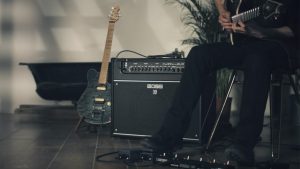
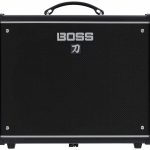
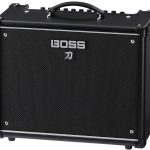
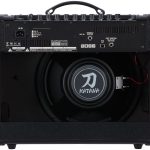



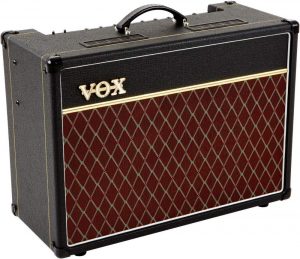
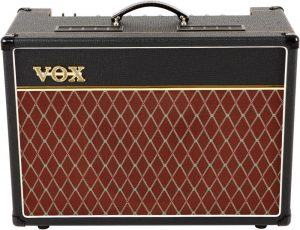


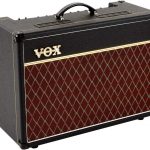
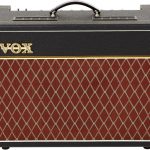


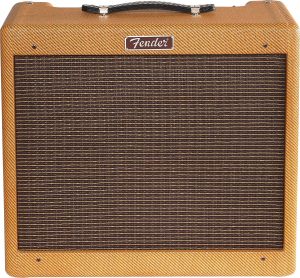
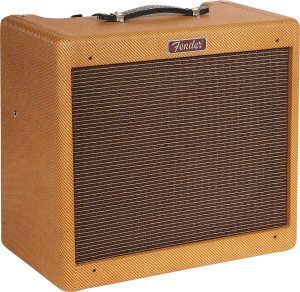
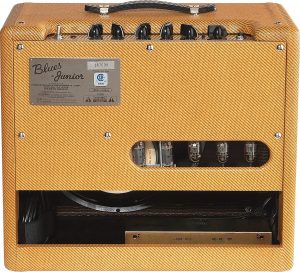
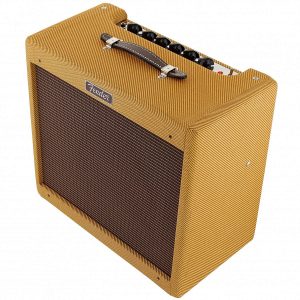
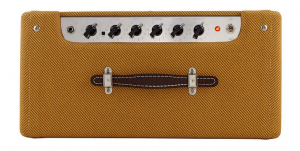

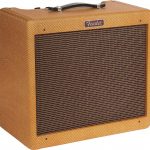

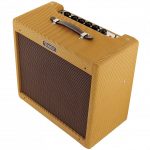
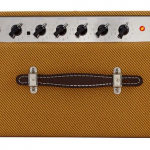
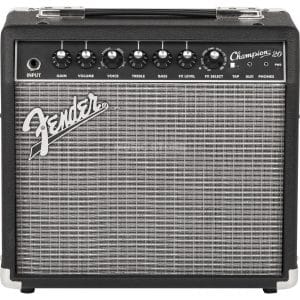
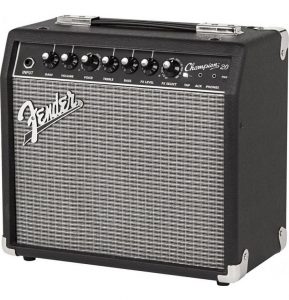
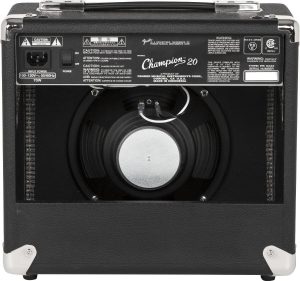
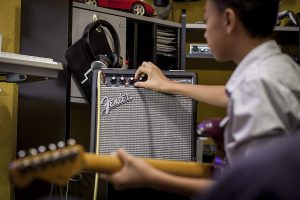
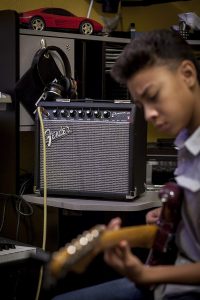
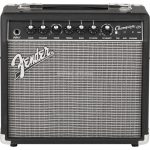

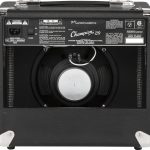
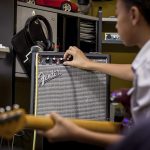
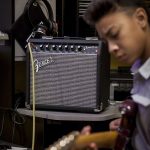
 A good blues amp is one that supports the unique qualities of the music. This genre originated in the Deep South way back in the 1870s and sprung from African American spirituals, chants, and rhymes, among other things. Blues is characterized by patterns, most notably call-and-response and repetitive rhythms and bass lines.
A good blues amp is one that supports the unique qualities of the music. This genre originated in the Deep South way back in the 1870s and sprung from African American spirituals, chants, and rhymes, among other things. Blues is characterized by patterns, most notably call-and-response and repetitive rhythms and bass lines. The number of watts varies in these speakers, from the 15-watt
The number of watts varies in these speakers, from the 15-watt 




